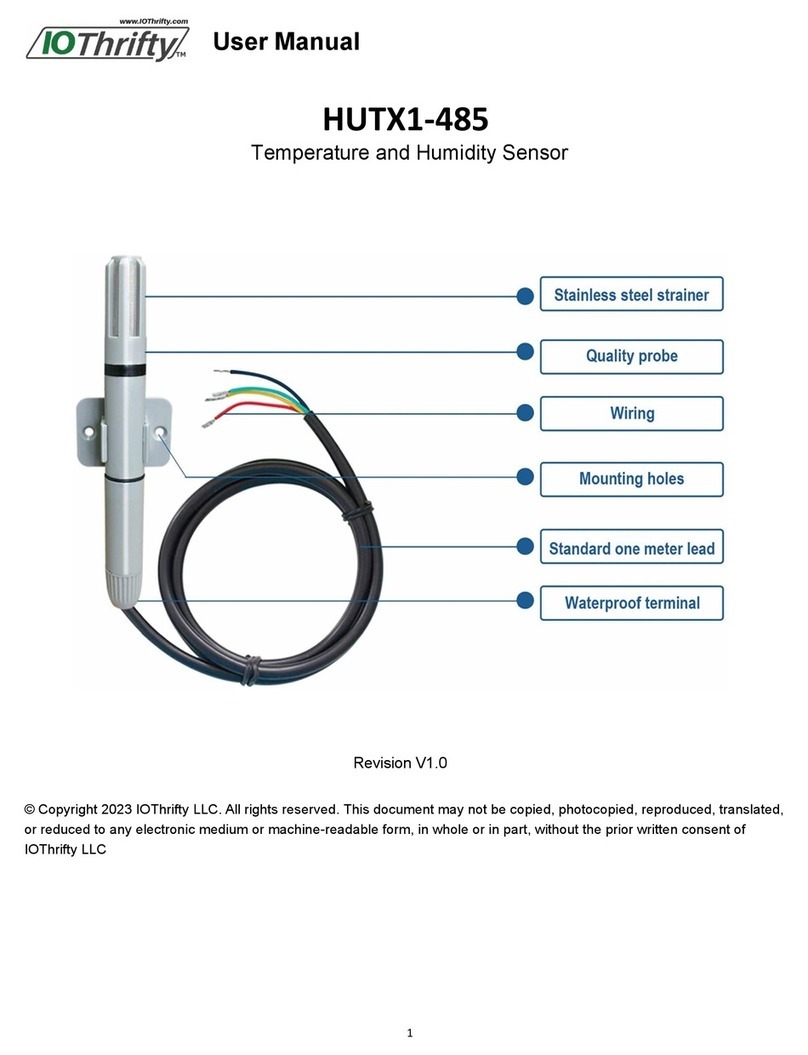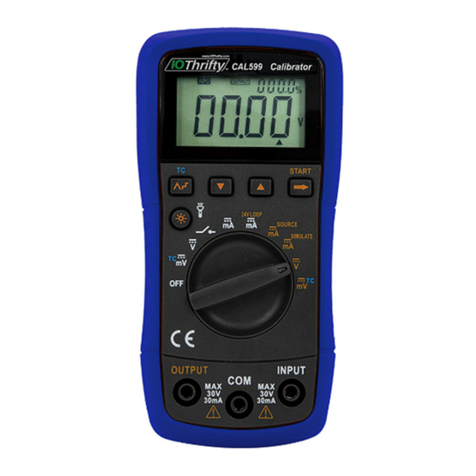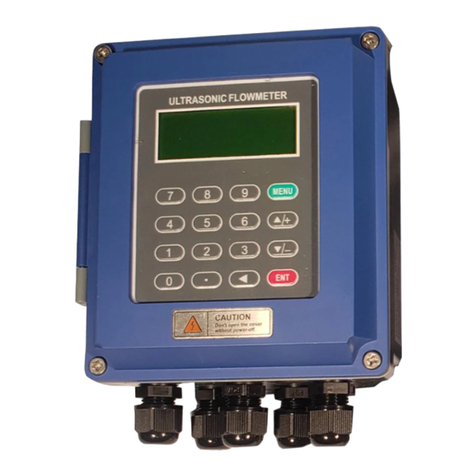
2.8.3 Z-method Installation ----------------------------------------------------------------------16
2.8.4 W-method Installation ---------------------------------------------------------------------17
2.8.5 N-method Installation ----------------------------------------------------------------------17
2.9 Installation Checkup --------------------------------------------------------------------------17
2.9.1 Signal Strength -------------------------------------------------------------------------------17
2.9.2 Signal Quality ---------------------------------------------------------------------------------18
2.9.3 Total Transit Time and Delta Time -------------------------------------------------------18
2.9.4 Time Ratio between the Measured Total Transit Time and the Calculated Time
------------------------------------------------------------------------------------------------------------19
3. How To ----------------------------------------------------------------------------------------------19
3.1 How to judge if the instrument works properly ----------------------------------------19
3.2 How to judge the liquid flowing direction -----------------------------------------------19
3.3 How to change between measurement units-------------------------------------------19
3.4 How to select a required flow rate unit --------------------------------------------------20
3.5 How to use the totalizer multiplier --------------------------------------------------------20
3.6 How to open or shut the totalizers --------------------------------------------------------20
3.7 How to reset the totalizers ------------------------------------------------------------------20
3.8 How to restore the flow meter with default setups -----------------------------------20
3.9 How to use the damper ----------------------------------------------------------------------20
3.10 How to use the zero-cutoff function ----------------------------------------------------20
3.11 How to setup a zero point -----------------------------------------------------------------21
3.12 How to get a scale factor for calibration ------------------------------------------------21
3.13 How to use the operation locker ---------------------------------------------------------21
3.14 How to use the built-in data logger ------------------------------------------------------21
3.15 How to use the Frequency Output -------------------------------------------------------22
3.16 How to use the Totalizer Pulse Output --------------------------------------------------
22
3.17 How to produce an alarm signal ----------------------------------------------------------
23
3.18 How to use the built-in Buzzer ------------------------------------------------------------24






























